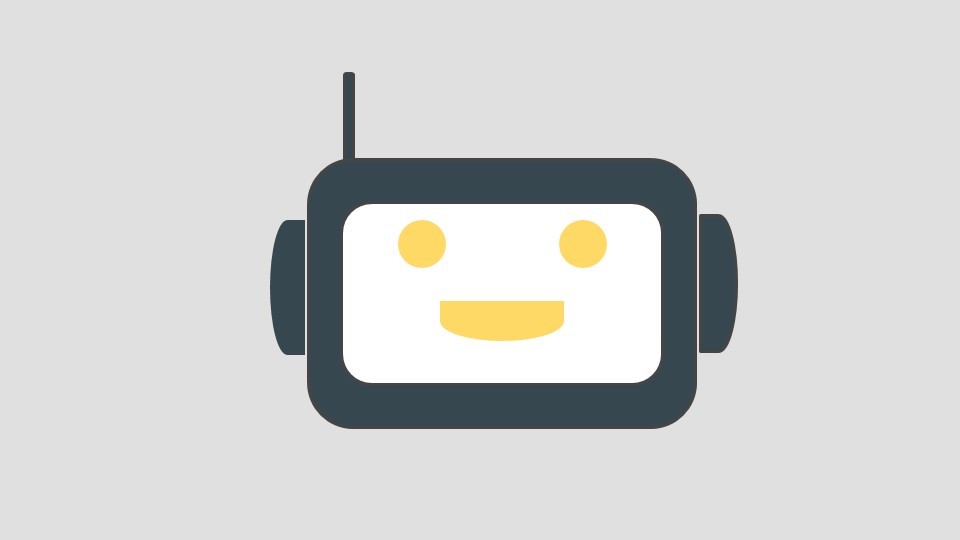As information professionals, we must keep abreast of the latest technologies to ensure the successful management of our digital assets.
Technology systems are ubiquitous. They can be found in access services (i.e., DAM systems), technology services (data warehouses), and reference services (internal wikis). Because they are highly relied upon in the day-to-day operations of the companies we work for they must be continually developed, maintained and evaluated.
The continual evolution of technology poses challenges and threats to the management and preservation of our digital assets. The media on which data lives, technology on which it relies, and the file formats that encapsulate it are quickly replaced. Ensuring access to these materials necessitates active intervention. Therefore, it is imperative that we are knowledgeable of current technology systems and remain aware of emerging technological trends.
Solutions or problems?
There seems to be a technological solution to every problem but it is important to avoid adopting every new technology to solve real or perceived problems. Deploying a new technology without careful consideration risks creating new issues. The first step should be to define the problem or need around which to design a solution. Re-allocating staff or other existing resources may be a better choice than adopting a new technological tool.
Technology affects our processes and inspires industries to change. Digital subscriptions are expected to gain in popularity this year; many print-based publishers are shifting resources to accommodate cross-media publishing. Consequently, the publishing industry has been undergoing a radical shift away from a print-centric — where processes are centered on producing printed products — to a content-centric workflow. In this latter approach editorial content is structured with XML (eXtensible Markup Language) first and then pushed out to all of the various publishing channels (mobile, print, web, etc.). Though initially expensive and challenging to setup, XML first, as it is commonly known, represents a significant jump forward in publishing workflows and offers publishers the agility they need to quickly publish their content across many different platforms simultaneously.
New technology has a profound effect on consumer expectations. This may explain why some have openly wondered whether DAM is dead: the rate at which DAM systems are being improved has been disproportional to what users have come to expect from cloud services offered by Amazon, Google, and others. Consequently, DAM system capabilities and the user experience they offer must continually and rapidly be improved or risk being perceived as out of date. For example, users have become accustomed to working within the cloud and delivering proxies of their work remotely via a web-based synching service, such as DropBox. Rather than interacting with a myriad of different unintuitive interfaces or iterating through lengthy processes to access the functions they need, as many traditional DAM systems now require, users would benefit from a smaller number of simple and intuitive transactions. This requires services — such as those provided by a DAM system, Web Content Management System (wCMS) and Enterprise Content Management System (ECMS) — to be tightly integrated and accessible through meaningful interfaces.
The adoption and fast-paced evolution of new technologies complicates these integrations and incur hefty costs for organizations that wish build and maintain them. To mitigate these, some libraries have formed cross-institutional consortia to afford the high costs of designing, implementing, and maintaining new access services. Alternately, Swiss-army-knife-type solutions become more attractive to organizations because of their seemingly limitless ability to be customized.
Cost considerations
New technology offers us so much, yet at what cost? Cutting-edge applications allow us to communicate and share content over the Internet, but the very companies that offer these services may record our actions. Recently, it was reported that Adobe’s eBook Libraries are tracking usage history and storing this information on company servers (Hoffelder, 2014). This raises the specter of privacy infringement for both public and private organizations. Given this and other accounts of similar activities, privacy must be regarded during any information or communication system evaluation.
Conclusion
So how do we navigate this technological morass? We must stay abreast of new technologies, carefully consider their advantages and disadvantages, and be prepared to justify their adoption or abandonment to our managers or library director. This work is necessary for us and the organizations we represent to remain competitive and to offer our clients the optimal information service they expect.
How do you keep pace with or prepare for cutting-edge technology?
References
Hoffelder, N. (2014, October 6). Adobe is spying on users, collecting data on their ebook libraries. Retrieved October 19, 2014, from http://the-digital-reader.com/2014/10/06/adobe-spying-users-collecting-data-ebook-libraries/





Leave a comment